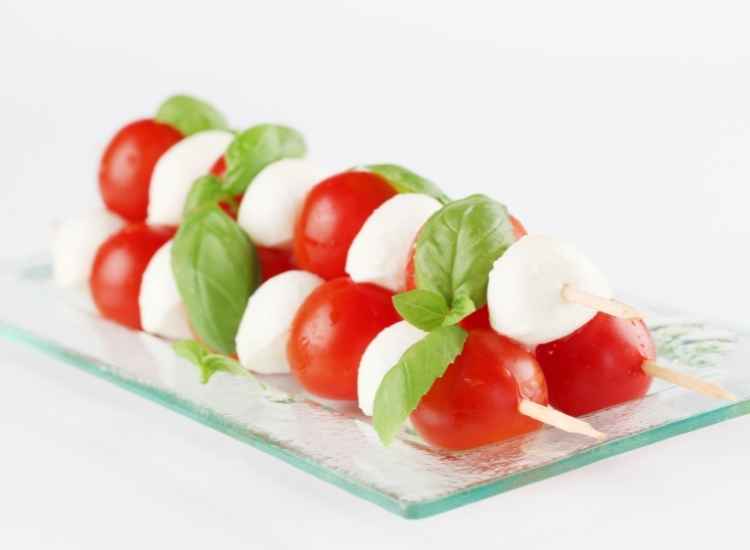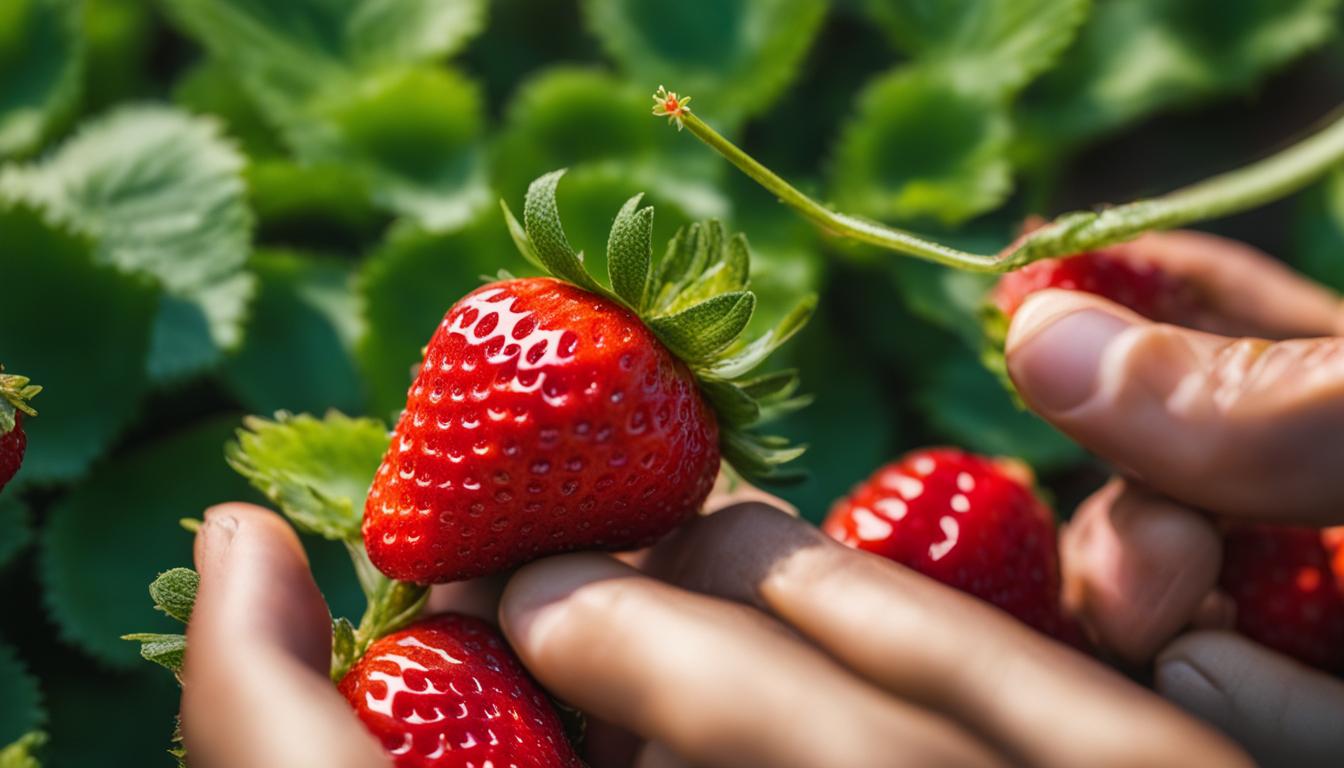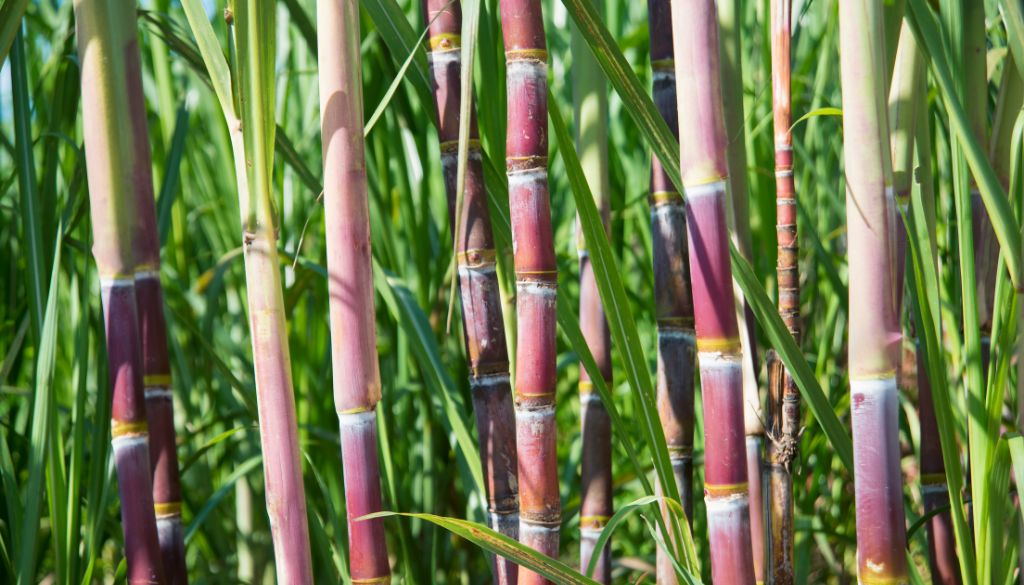Mozzarella cheese has a long and rich history, dating back over 2,000 years. Derived from the Italian word mozzare (to cut), mozzarella is a simple cheese made from buffalo milk that forms into balls or logs.
O queijo Mozzarella é um queijo de coalho fresco, mole e esticado, feito com leite de vaca ou leite de búfala. Devido ao fato de ter um aroma perfumado de leite fresco e um delicado sabor a creme, a mozzarella é tradicionalmente emparelhada com vinhos brancos leves. Este clássico italiano é originário da região da Campânia, mas hoje em dia é produzido em todo o país.

It is one of the most popular cheeses in the world and can be used in many different dishes. In this article, we will explore the origins of mozzarella cheese, its various uses and some of the nutritional benefits it provides.
Are you ready to learn more about this cheese? Let's start!
Índice
What is Mozzarella Cheese
Mozzarella is a fresh, soft and stretched curd cheese made with cow's milk or buffalo milk. Due to the fact that it has a fragrant aroma of fresh milk and a delicate cream flavor, mozzarella is traditionally paired with light white wines. This Italian classic originates from the Campania region, but nowadays it is produced all over the country.
The main difference between mozzarella and other cheeses is that mozzarella is a stretched curd cheese, which means the curd is heated and stretched until it forms long strands. This process gives mozzarella its characteristic texture, which is both soft and elastic.
Mozzarella is a fresh cheese that does not undergo any maturation or aging process. It is usually sold in its natural state, although it can also be smoked or flavored with herbs.
Origin of mozzarella cheese
According to legend, mozzarella was formed unintentionally when the curds fell into a bucket of boiling water in a cheese factory in Naples…and shortly thereafter, the first pizza was created! In fact, new cheeses are often developed as a result of mishaps, so there's no telling where these stories came from.
The origin of mozzarella is said to be in Italy, specifically near Naples, where water buffaloes provided the milk for a traditional Neapolitan cheese. The cheese was unpasteurized and had a short shelf life due to its lack of refrigeration and because there was little or no refrigeration in the place where it was created.
However, it is unquestionably regarded as the best and most valuable hand-crafted buffalo mozzarella sourced from the southern region of Naples, where small makers maintain age-old methods by creating fresh buffalo mozzarella daily for their local consumers, who queue up at factories to buy. this delicacy.
Nowadays the production of mozzarella has evolved a lot and as such cow's milk is more used, as it is more accepted worldwide, although there is also production of this delicious cheese with buffalo milk.
But what is undeniable is that mozzarella cheese or mozzarella cheese is present in human culture in the four corners of the world.

health benefits
There are many benefits to eating mozzarella cheese, including:
1. Mozzarella is low in calories
While the amount of calories in food is not indicative of how healthy (or unhealthy) that food is, low-calorie foods can sometimes be helpful.
For example, Mozzarella contains 300 calories per 100 grams while Cheddar – a hard cheese – contains 400 calories (1).
In other words, Cheddar contains 33% more energy per 100 grams.
For someone trying to lose weight who also eats a lot of cheese, opting for mozzarella instead of a hard-cured cheese can help reduce overall energy consumption.
In addition, there is also a semi-skimmed milk mozzarella that provides only about 254 calories per 100 grams (2).
2.Contains a significant source of calcium (More than other fresh cheeses)
Mozzarella is a food rich in calcium, and it provides even more of this mineral than other types of soft/fresh cheese.
While mozzarella provides 51% of the Daily Value per 100 grams, other soft cheese varieties like Brie (3) and Camembert (4) contain 18% and 39% respectively.
That's supposed to be about 14% of the daily value of calcium for every 28g of Mozzarella, which is a good amount for such a small serving.
Calcium is an essential mineral, and sufficient intake is vital for maintaining healthy bones and teeth.
In addition, calcium plays an important role in cell signaling and is required for a variety of activities including cell growth, fertilization, and muscle contraction.(5, 6, 7).
3.Provides a Source of Conjugated Linoleic Acid (ALC)
Conjugated linoleic acid is a naturally occurring form of trans fat that occurs in ruminant (grass-raised) feed.
Firstly, it is important to note that ALC has a very different effect compared to artificial trans fats.
While human-derived trans fats are harmful, researchers believe that LAC offers health benefits.
For example, clinical studies have shown that ALC can help decrease oxidative stress and regulate the body's immune function. (8, 9).
Mozzarella cheese is a food that contains one of the highest amounts of CLA in the world, and has more per gram than most milk and meat sources.
The following table shows how the CLA content compares to some other foods of animal origin (10):
| Type of food | ACL (mg per gram) |
| Butter | 6.0 |
| lamb | 5.6 |
| mozzarella cheese | 4.9 |
| cream | 4.6 |
| Cottage cheese | 4.5 |
| ground beef | 4.3 |
| Cheddar cheese | 3.6 |
| ground turkey | 2.5 |
Differences between mozzarella and mozzarella
In Brazil, the Mozzarella cheese is the most popular cheese. Its delicate, mild flavor, lack of acidity, and frequent use in pizza toppings, snacks, lunches, and other foods contribute to its wide-scale popularity.
In Italian, mozzarella is a real buffalo milk cheese originating in southern Italy and was first produced during ancient Roman times.
This cheese arrived in Brazil between the years of 1860 and 1890, when about 974 thousand Italian immigrants arrived. Since then, its popularity has increased due to its frequent use in Italian cuisine, which quickly won Brazilian affection.
However, in Brazil, a new recipe was developed with cow's milk and the inclusion of annatto coloring, resulting in a slightly yellowish hue to the product. Today, this formula is the most popular in Brazil.
The term mozzarella has been reinvented in two ways in Brazil:
- mozzarella – which refers to cow's milk cheese.
- Mozzarella – which refers to buffalo milk cheese.
It is common to find “Mozzarella” or “Mozzarella” packages in supermarkets, it is confusing I know. But it has a lot to do with the Italian name and the difference is in the letter “L”.
There are currently four types of Brazilian mozzarella production:
- The production artisanal which is made with raw milk.
- The production Industrialized, which is produced with pasteurized milk, which is divided into the following production processes:
- industrial manual;
- semi-automated (larger amount of liters per day)
- automated (For greater scalability)

How mozzarella is made
Mozzarella cheese is made from whole cow's milk or buffalo milk. The milk is first curdled with rennet, then the curd is cut into small pieces and heated until melted. At this point, the whey is drained and the curd is placed in a mold to cool. Once cool, the mozzarella cheese can be eaten immediately or stored in brine.
Fresh mozzarella is made the same way, regardless of the type of milk used. Mozzarella is not aged like other cheeses and must be consumed immediately after its production. Filata paste is the term for the mozzarella production technique.
Fresh mozzarella cheese is made by stretching, kneading, and shaping curds into round balls. The milk is incubated with a lactic ferment that includes thermophilic bacteria, and then rennet is added to form the curd. The curd is heated in water or whey until it becomes hard.
It's simple to make your own mozzarella cheese at home. All you need is rennet, citric acid, milk, and water. Rennet and citric acid can be found in specialty stores that serve amateur cheesemakers or online. You can make fresh mozzarella in just 30 minutes by combining these ingredients.
types of mozzarella
Fresh mozzarella can be made from a variety of animal milks. Water buffalo milk is high in fat and casein, making it difficult to digest in its original form. Although not consumed as a beverage, it is valued for creating mozzarella, burrata, ricotta di bufala, yogurt, and other products.
In Italy, you can order mozzarella fior di latte, which can be made from pasteurized or unpasteurized cow's milk. This would be the same as the usual mozzarella cheese seen in the dairy section of supermarkets in Europe or Brazil.
In certain areas of Italy, including Sardinia, Abruzzo and Lazio, sheep's milk mozzarella can be found. Some small producers make mozzarella from goat's milk.

Nutritional Values
The tables below show the nutritional values for Mozzarella per 100 grams.
Calories and macronutrients
| nutrients | The amount |
| calories | 300 Kcal |
| carbohydrates | 2.2g |
| Fiber | 0 g |
| Sugar | 1.0 g |
| Fat | 22.4 g |
| saturated fat | 13.2 g |
| monounsaturated fat | 6.6 g |
| polyunsaturated fat | 0.8 g |
| Omega 3 | 372 mg |
| omega-6 | 393 mg |
| Protein | 22.2 g |
Like all cheeses, Mozzarella is low in carbohydrates and contains only about 2 grams of carbs of carbon per 100g.
This cheese also provides a decent amount of protein, containing more than 22 grams per 100g serving
Similar to dairy foods in general, most of the fat in mozzarella is saturated fat.
Vitamins
| Vitamin | The amount (% DV) |
| B12 vitamin | 38% |
| riboflavin | 17% |
| Vitamin A | 14% |
| vitamin K | 3% |
| folate | 2% |
| Vitamin B1 | 2% |
| Vitamin B6 | 2% |
| Vitamin E | 1% |
| Vitamin B3 | 1% |
| Vitamin B5 | 1% |
| Vitamin C | 0% |
As we can see from the data, Mozzarella provides an excellent source of b12 vitamin and low to moderate amounts of other vitamins.
In addition to the vitamins on the table, mozzarella also contains vitamin D.
However, there is no defined amount for this, because it depends a lot on the type of milk used and how long the cows from which it comes could spend grazing outdoors.
That said, the amounts of vitamin D available in milk and cheese are generally low compared to other food sources such as oily fish (1).
Finally, Mozzarella also provides a small source of dietary choline (15.4mg per 100g).
Minerals
| Vitamin | The amount (% DV) |
| Calcium | 51% |
| Phosphor | 35% |
| Sodium | 26% |
| Selenium | 24% |
| Zinc | 19% |
| Magnesium | 5% |
| Iron | 2% |
| Potassium | 2% |
| Copper | 1% |
| Manganese | 1% |
Calcium is the main mineral in Mozzarella, with the cheese containing more than 50% of DV per 100 grams.

mozzarella cheese recipe
To finish this article beautifully, I bring you one of the most traditional recipes where mozzarella cheese or mozzarella cheese is used, depending on whether you prefer cow or buffalo cheese.
So the recipe I bring is for a Caprese salad very healthy and definitely delicious.
The best part is that this salad takes us back to the time of the Roman empire, it's too good! Check out the printable recipe below or if you prefer to see the recipe on video, you can also check out the video with my step-by-step explanation.

ORIGINAL CAPRESE SALAD
INGREDIENTS
- 200g of fresh cherry tomatoes
- 125g of fresh mozzarella cheese balls
- 1 Cup of tea) of fresh basil leaves
- 1 medium avocado
- Sauce:
- 1 teaspoon) of olive oil
- 1 teaspoon) white balsamic vinegar
- 1 coffee spoon) of salt
- 1 coffee spoon) white or black pepper
STEP BY STEP INSTRUCTIONS
- Cut the cherry tomatoes in half, and if the cherry tomatoes are too big, cut into 4 pieces. Once cut, place in a salad bowl.
- Cut the mozzarella cheese balls in half and place in the salad bowl.
- Stack 4 or 5 basil leaves, roll up the leaves and cut into small slices, then place in the salad bowl.
- Cut the avocado in half, remove the avocado pit, cut each band in half and remove the skin, cut the half band again in half, then cut each band into cubes and put it in the salad bowl.
- For the dressing: Mix all the ingredients and then just season the salad and mix the salad with a wooden or silicone spoon very gently so as not to spoil the more fragile ingredients.
VIDEO RECIPE
NUTRITION
Note: This information is provided as a courtesy and is an estimate only. This information comes from online calculators. Although Cozinhadave.com tries to provide accurate nutritional information, these figures are only estimates.
Frequently asked questions about mozzarella cheese
Why is mozzarella cheese popular
Mozzarella cheese is popular because of its delicate flavor and creamy texture. It pairs well with light white wines and is a staple food ingredient in many Italian dishes. Mozzarella is also a popular pizza, as its high moisture content prevents it from drying out and being eaten when cooked.
In Brazil, mozzarella is often consumed alone or used in more elaborate dishes, such as lasagna or cannelloni. It can also be used to make stuffed pasta dishes such as ravioli and tortelli.
The popularity of mozzarella cheese is due, in part, to its versatility. It can be eaten fresh or cooked and goes well with a variety of flavors. In addition, it is a healthy option as it is rich in protein and calcium.
How to eat mozzarella
Mozzarella cheese, or mozzarella, is usually eaten raw, but it is also very common to be used in salads and seasoned with olive oil. This cheese has always been very successful in caprese salads which are very popular in italy.
Mozzarella is also widely used in pizzas, calzoni, panzerotti, and in many other recipes, such as the traditional aubergines alla parmigiana and mozzarella in carrozza, or even innovative ones, such as breaded and fried mozzarella.
If you liked this article, leave your opinions in the comments!
Verônica Ribeiro, the creative mind behind “Cozinha da Vê”, is passionate about flavors and aromas and transforms her passion for cooking into irresistible recipes. With a unique ability to combine ingredients and a special touch of affection in each dish, she conquers hearts and palates, making cooking a truly delicious experience on her blog.





